 |
 |
 |
|---|
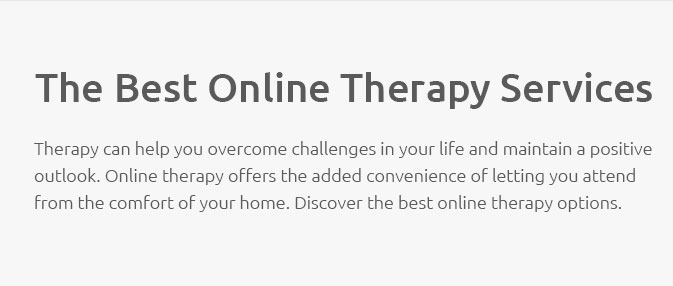 |
 |
|---|
 |
|
|---|---|
 |
 |
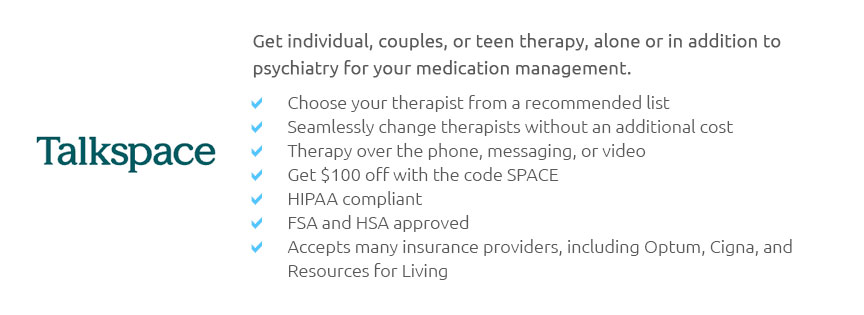 |
 |
 |
 |
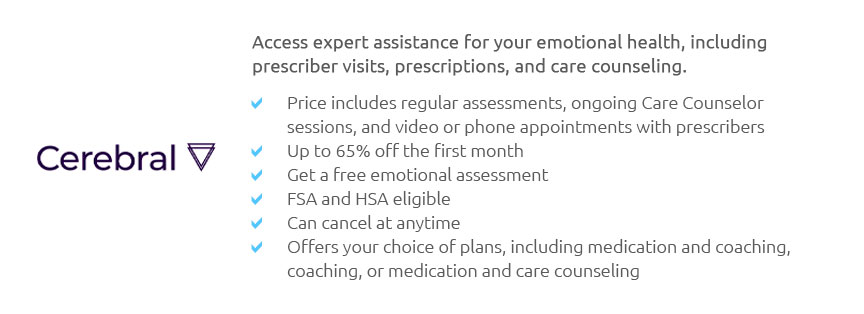 |
 |
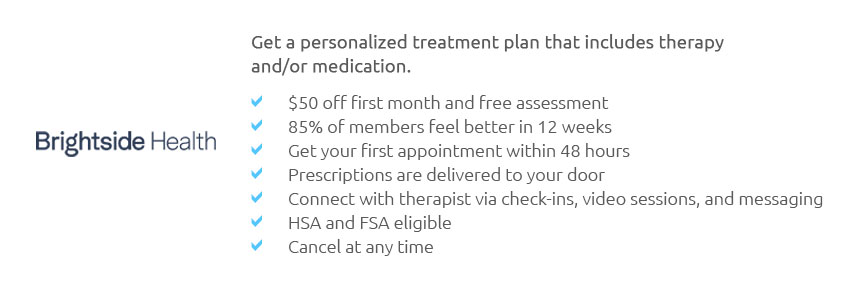 |
 |
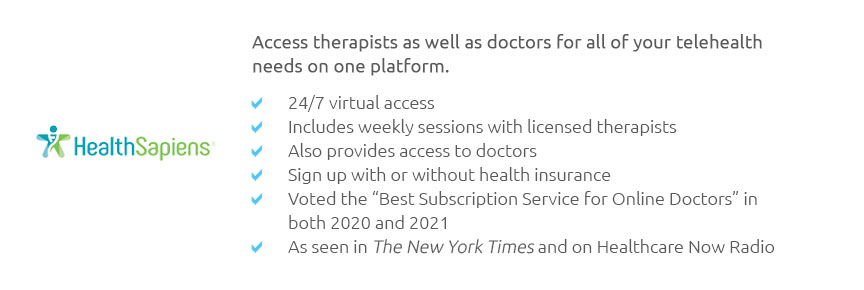 |
 |
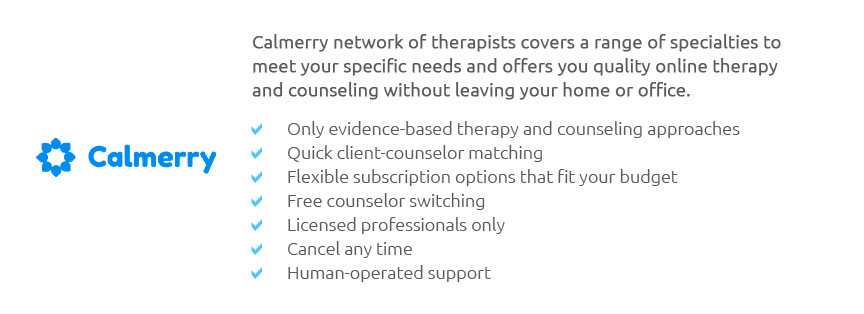 |
 |
 |
 |
|---|
The Transformative Power of Telemedicine Companies in Modern HealthcareIn today's rapidly evolving world, telemedicine companies have emerged as pivotal players in the healthcare landscape, reshaping how patients access medical care and how healthcare professionals deliver their services. These companies harness the power of technology to bridge the gap between patients and providers, offering a convenient and efficient alternative to traditional in-person visits. At its core, telemedicine involves the use of digital communication tools, such as video conferencing, mobile apps, and wearable devices, to facilitate remote clinical services. This paradigm shift not only enhances accessibility but also has the potential to improve health outcomes and patient satisfaction. The operational framework of telemedicine companies is rooted in sophisticated technology platforms that ensure secure and seamless communication between users. These platforms are designed with user-friendliness in mind, allowing patients to connect with healthcare providers with just a few clicks. Additionally, telemedicine solutions often incorporate advanced features like electronic health records (EHR) integration, artificial intelligence for diagnostic support, and real-time monitoring capabilities, which enhance the overall efficiency and effectiveness of care delivery. How do telemedicine companies work? The process typically begins with patients accessing a telemedicine platform via a computer or mobile device. After creating an account, they can schedule appointments, select healthcare providers, and choose between video, phone, or chat consultations. During the virtual visit, patients discuss their health concerns, and providers can offer diagnoses, prescribe medications, and recommend follow-up care. This model not only saves time but also reduces the need for travel, which is especially beneficial for individuals living in remote areas or those with mobility challenges. Moreover, telemedicine companies play a crucial role in managing chronic conditions by enabling continuous monitoring and timely interventions. For instance, patients with diabetes can use connected devices to track their glucose levels and share this data with their healthcare team in real-time. Such proactive management helps prevent complications and enhances the quality of life for patients. The benefits of telemedicine are manifold:
However, it is not without challenges. Concerns about data privacy, the need for robust internet connectivity, and the potential for technology-related disparities must be addressed to ensure equitable access to telemedicine services. Despite these challenges, the trajectory of telemedicine companies is undeniably promising. By continually innovating and adapting to the needs of patients and providers, they are poised to play an increasingly significant role in shaping the future of healthcare. https://www.definitivehc.com/resources/healthcare-insights/top-telehealth-companies-market-share
Zoom dominates the telehealth space with a market share of 36.16%. Since COVID-19, Zoom has become a ubiquitous form of communication across ... https://builtin.com/articles/telemedicine-companies
These telemedicine companies are helping transform how we seek care, removing barriers and encouraging personal wellness management for everyone. https://medtechfounder.com/best-telemedicine-platforms/
In this guide, I ranked and reviewed the best 10 telemedicine platforms for care providers, along with my top 3 choices, so that you can pick the best one for ...
|
|---|